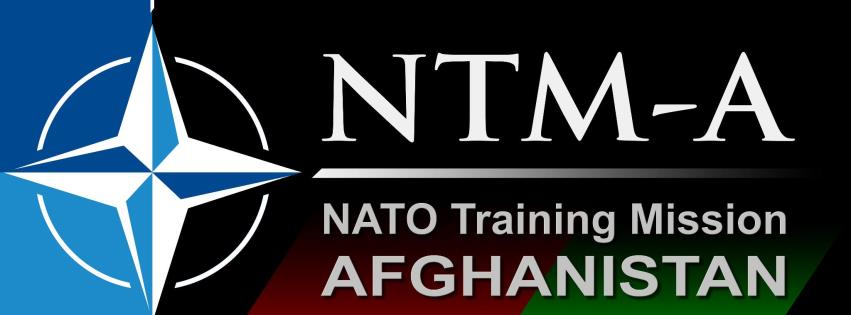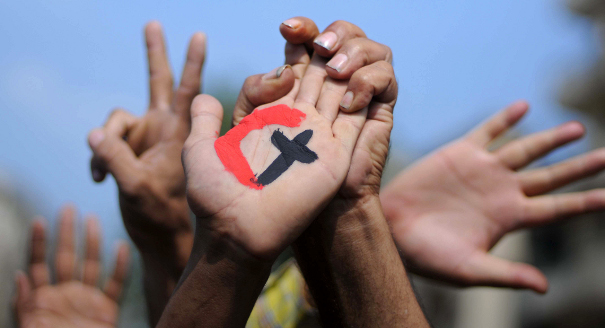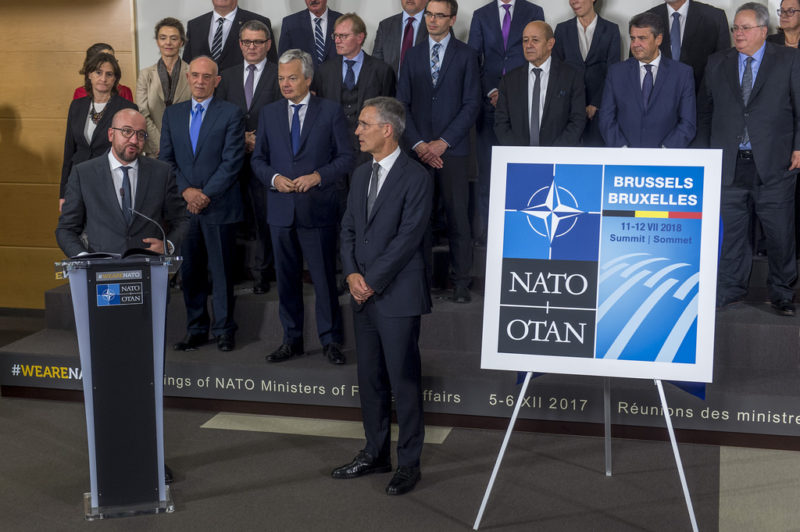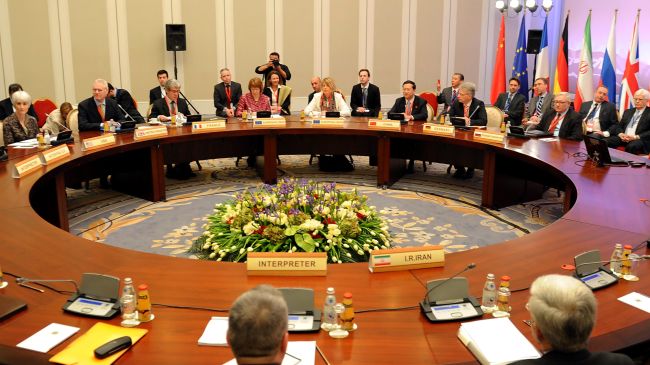[captionpix align=”left” theme=”elegant” width=”320″ imgsrc=” http://sphotos-a.xx.fbcdn.net/hphotos-ash4/c0.9.851.315/p851x315/457265_10150775652124553_1601467899_o.jpg” captiontext=”The NTM-A Logo.”]
The previously posted Part I outlined the development of the US-led effort to build the Afghan National Security Forces, mainly focusing on the struggle to adequately staff the training programme, leaving off just before the end of the US troop surge in September. That withdrawal highlighted the importance of transitioning to Afghan-led operations as the cornerstone of the US/NATO strategy for the future of Afghan security. ISAF troops are now being replaced by Afghan forces on operations, a strategy designed to both relieve ISAF and build ANSF experience while international forces are still available to support them. But transition is not an easy process.
As noted in Part I, the establishment of NTM-A, which brought the training mission under NATO command, was an important step in alleviating the severe trainer shortages that the mission faced, and as of April 2012 the ANSF remained on track to reach strength targets by December. The addition of 950 Canadian Forces trainers after the combat mission in Kandahar wrapped up probably didn’t hurt either. However, NTM-A remains short of trainers, while ANSF deficiencies, particularly in leadership, leave Afghan forces heavily dependent on ISAF support.
These are not, however, the only obstacles. The ANSF suffer from severe deficiencies in supporting capabilities such as air, medical, and logistics. Meanwhile, so-called ‘insider attacks,’ have claimed the lives of dozens of international trainers, slowing training efforts and eroding trainer-trainee trust. Also, and perhaps most ominous, are the factional divisions of the Afghan political class mirrored within the ANSF, which threaten force cohesion at all levels.
Developing ANSF logistical, air, and other specialized support capabilities has been difficult for many reasons. To begin with, it was decided at the outset that ANSF development would focus first on building combat capabilities, and only later on supporting capabilities. The result is that, despite increased emphasis on support capabilities and some achieved successes, Afghan forces are far from logistically independent.
Afghan Air Force development has encountered significant challenges as well. Its strategic plan calls for a force capable of reconnaissance, close combat air support, and casualty evacuation operations, among others, by 2016. However, the April 2012 Report on Progress Toward Security and Stability in Afghanistan notes that these plans are “ambitious,” that obstacles such as national education and literacy levels will be difficult to overcome, and that corruption and patronage network involvement in criminal activities are ongoing problems.
In short, as the April 2012 report indicates, “the ANA is expected to lack combat enablers and logistics support for the foreseeable future.”
Support capabilities, however, have not dominated headlines in the Western media; that place has been occupied by ‘green on blue insider attacks’ (ANSF troops attacking ISAF soldiers). As of October 24, such attacks had killed 53 ISAF soldiers this year alone; two more suspected attacks since then killed four international service members and an Afghan police officer.
Western commentators and audiences often focus directly on the number of casualties, but the attacks have wider implications for the mission’s success. Insider attacks erode trust between international and Afghan forces. The latest wave of attacks led NATO to slow the training of Afghan Local Police and later joint ground operations below the battalion level. To begin, this slows ANSF development and hampers the transition strategy. It also reduces the effectiveness of ANSF units, the vast majority of which still require significant international support to conduct operations capably.
Moreover, as Brandon Caro recounts, such attacks have been impacting trust between trainers and trainees for years, long before they filled the headlines. Caro writes that he was unable to trust the soldiers he was training, constantly keeping an eye on them, “sometimes to a fault.” NATO has assigned “guardian angels” to keep an eye on Afghan troops, allowing trainers to concentrate on their own tasks; nevertheless, it is difficult to see how a training programme based on mentoring and partnership can succeed without the necessary level of trust in the field.
[captionpix align=”left” theme=”elegant” width=”320″ imgsrc=” http://www.theblaze.com/wp-content/uploads/2012/10/Screen-Shot-2012-10-01-at-9.17.50-AM-620×387.png” captiontext=” As the number of insider attacks grows, ISAF-ANSF trust could be hard to find.”]
The Taliban claims that these attacks are the result of an effective infiltration programme, while NATO officials point to cultural differences and “grievances against coalition forces” as key motivators. Whatever the cause, their impact on ISAF-ASNF trust and cooperation cannot be denied.
That ISAF-ANSF trust is not, however, the only weakened bond. International Crisis Group (ICG) recently released a report, “Afghanistan: The Long Hard Road to the 2014 Transition,” which discussed, among other issues, the threat of deep factional divisions among the Afghan political class; divisions which, according to ICG, exist within the ANSF as well.
ICG argues that entrenched patronage networks under rival high-level officials (now near retirement) have created divisions and hindered the development of new leadership within the security ministries and the officer corps.
These divisions erode morale, especially among Afghan NCOs who are force to manage weak leadership as well as factions within their division, all while severely understaffed. They also contribute to the insider attacks problem: distrust between officers and troops makes it easier for insurgents to infiltrate the ANSF. Furthermore, ICG indicates that many ‘green on green’ (Afghan on Afghan) attacks.
‘Green on blue’ attacks have understandably been the focus of ISAF officials and Western commentators, but Afghan forces are being killed as well. According to the Huffington Post, more than 50 members of the ANSF have been killed this year alone – near equal the number of ISAF troops. In all likelihood insurgent infiltration and personal differences play a role in ‘green on green’ attacks, as they do in ‘green on blue’ incidents. However, as ICG points out, factional rivalries between security leaders “over access to resources and political power” are a significant driver.
Managing these divisions, and where possible eliminating them, will be among the greatest challenges for NTM-A going forward. If the ANSF cannot be moulded into a cohesive force, whatever success is achieved against the insurgency, in economic development, in civil-social development may be lost to internal squabbling among regional leaders. In short, if these divisions are not effectively dealt with, NTM-A’s great progress in growing the ANSF and its ongoing efforts to address deficits of operational, support, and leadership capability may be for nought. However, if they can be effectively managed, the ANSF may yet become a force capable, with international support, of ensuring the security of its government and its citizens. The outcome remains to be seen.




